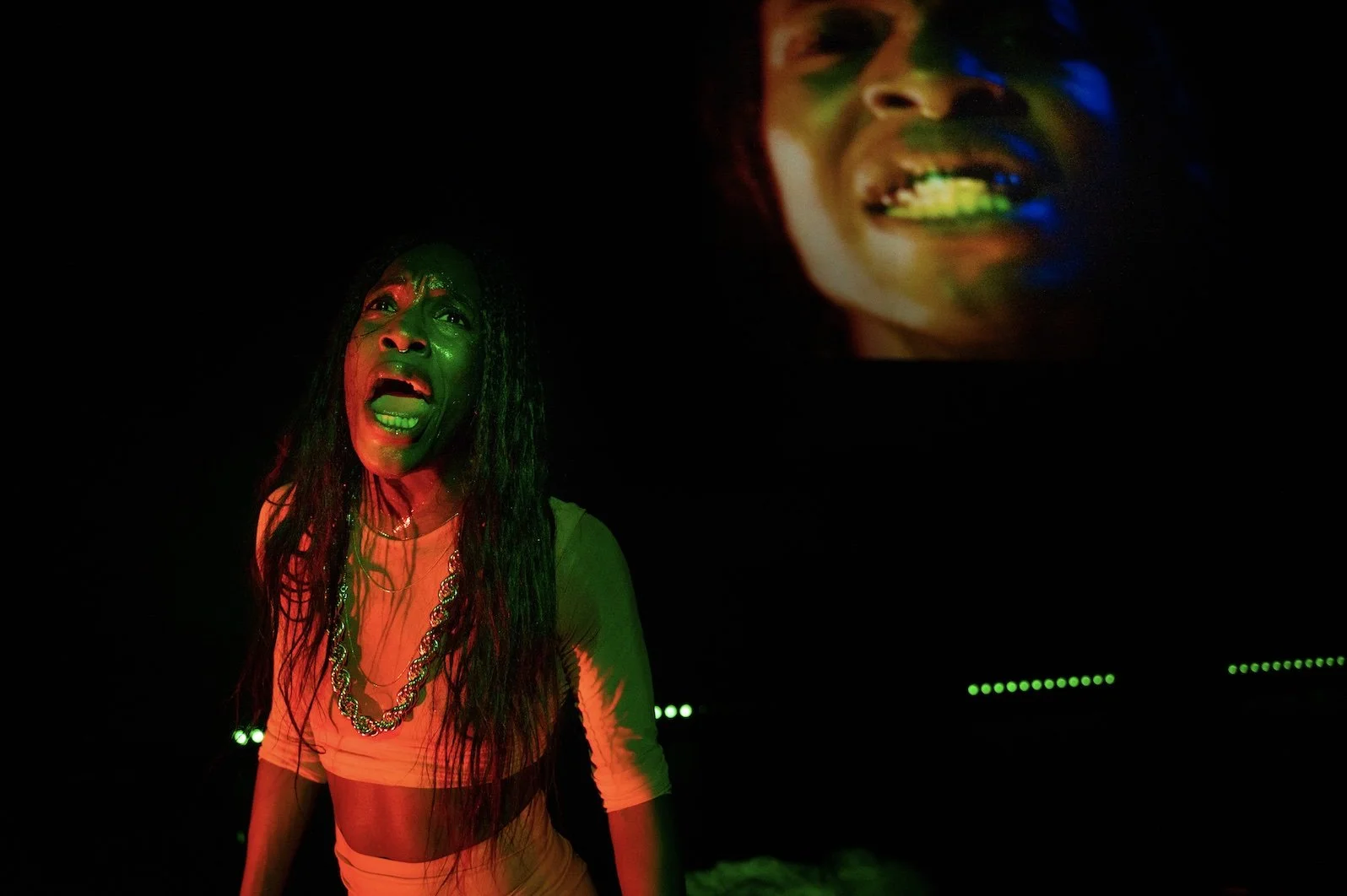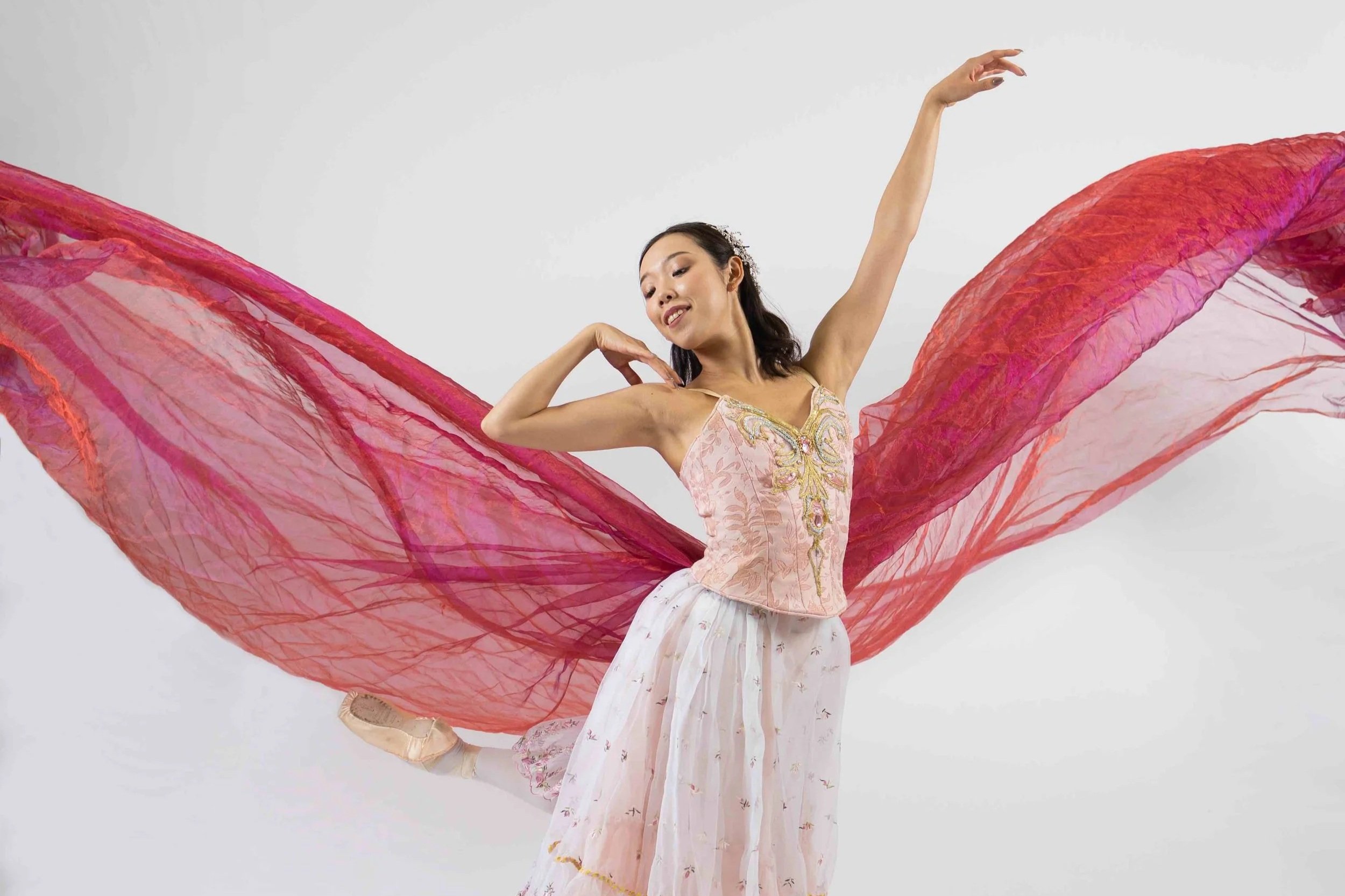Review: Circa's Sacre builds dark beauty out of its dance-acrobatic hybrid
At The Cultch and DanceHouse, Aussie company slow-builds to a frantic climax of bodies bending, tangling, and lifting in kaleidoscopic formations
Circa’s Sacre features strange rites. Photo by Justin Ma
The Cultch and DanceHouse present Circa’s Sacre at the Vancouver Playhouse until January 21
AS STRAVINSKY’S FAMOUS Rite of Spring slow-builds to a frenzy, so too does Brisbane-based Circa’s acrobatic-contemporary-dance fusion Sacre. Driven in perpetual motion, Sacre becomes more and more frantic, bodies bending, tangling, and lifting into increasingly elaborate, ever-morphing kaleidoscopic formations.
The Aussie company, which is on a mission to blur the lines between movement, dance, theatre, and circus, is visiting the Vancouver Playhouse as part of The Cultch and DanceHouse program this week.
The opening section, set to a spikily sinister piece by composer Philippe Bachman, begins gradually, interlacing unusual duets that fade to blackouts. But the work shifts with the sound of the plaintive bassoon notes that mark the transition into Stravinsky’s strange and heady Rite of Spring. From here, Sacre crafts increasingly elaborate acrobatic sculptures out of human bodies: a woman climbs toward the heavens on a spiralling staircase of human hands; bodies form a rising pyramid, with legs bent outward to the sides like alien antennae. Sometimes the movement becomes a violent rite—men throwing themselves onto the floor, one after another, or a woman pistoning up and down into repeated splits to the climactic frenzy, set to Stravinsky’s discordant strings and blasting, brain-breaking horns and drums.
This is acrobatic work as far removed from the Big Top as it seems possible to go. Instead of sequins and spotlights, we get understated black outfits and haunting, chiaroscuro lighting. Sacre, created by artistic director Yaron Lifschitz, ends up feeling much closer to contemporary ballet than new circus.
The themes have changed radically from the ceremonies and human sacrifice in the 1913 Ballets Russes The Rite of Spring that shocked audiences. Nothing is ever literal in Circa’s 21st-century Sacre, but there is a sense of humans struggling, striving, and working together against an unseen force—an unknowable god? Environmental annihilation? War-mongering leaders? Take your pick. What we see are bodies endlessly lifting up and pushing forward—and the show becomes a moving metaphor for basically everything about living in this world right now.
What’s exciting is how innovative and uncompromising Lifschitz makes acrobatic movement—finding a flow and understatement that belie the superhuman feats. Within that, there is some gorgeous, innovative dance—a body arching as a bridge between two people, or a woman standing up on a man’s raised hands, reaching skyward.
There is dark, strange, and intricate artistry to what Circa achieves here. In its early, quieter stages, the partnering feels like the cutting edge of contemporary dance. But even in its vast acrobatic structures—the kinetic human sculptures that form and reform onstage—nothing in it feels like flashy showmanship or pandering stunts, even as it innovates in gravity-defying movement. It's otherworldly, sometimes profound, and the electrifying ending brought the audience immediately to its feet in a standing O. Catch it while you can; just expect a show that is more about life's circus.













